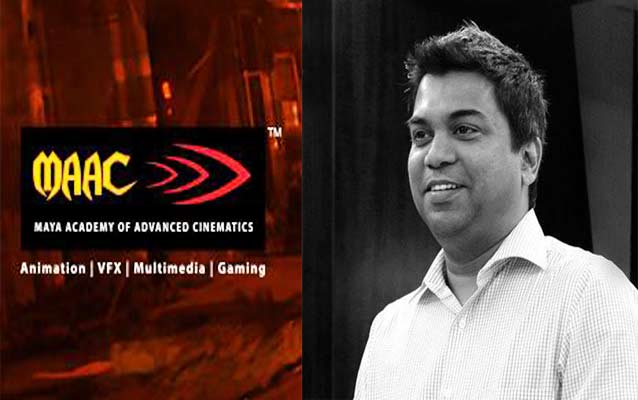Knack for good story-telling is important for animators says Sanjiv Waerkar, CCO, MAAC
Shiksha.com has started a series called – Take 5, in which we put forth five questions to industry stalwarts. This series is initiated by us with an aim to help candidates understand what the industry values when they hire people.
A well-known and celebrated individual in the world of animation for the past 24 years, Mr. Sanjiv Waerkar started his career as a partner with UTV in their animation division, “UTV Toons” and played a key role in devising an outsourcing program for the animation industry in India. A commercial art graduate (specialising in illustration) from the LS Raheja School of Art (Mumbai), his interest in animation was fuelled by his father’s illustrations for Tinkle comics.
Besides personally training many animators and being instrumental in setting up one of the larger animation companies in India, Sanjiv has also directed series for companies such as DisneyAsia, DreamWorks, Prana India, Bohbot Kids Network USA, Fun Bag Canada and TV12 Singapore , to name a few.
A pivotal core member for the establishment of TASI (The Animation Society of India), Sanjiv has represented India on international forums such as MIFA and Annecy in France.
In this article on Take 5, Shiksha.com got talking to him who promptly agreed to offer guidance to aspirants aiming to enter the field of animation.
1. What are the skills one needs to join the industry as an animator?
In order to be a good animator, one must have a basic love for art. It includes a keen interest in drawing, crafts, sculptures, performance acting, dance, music, photography but does not necessarily have to be limited to these fields. A knack for good story-telling is important as once that is mastered, the present day digital software has such good user interface that a creator or artist can have a free hand when creating their animations.
2. Based on what criteria does this industry hire people?
The most obvious criteria would be the creator’s skill in the specialist subject in animation. However, it is important to understand that the industry depends majorly on team work and hires are done based on the attitude towards the animation medium, teamwork and patience. Strong inter personal communication is vital as animation is a team effort and every member contributes to the success of a project. Aside from this, anyone involved in this field must be aware in order to pick relevant threads from social, political and environmental factors.
3. Which are the top 5 institutes - both in India and Abroad - that students should consider for their studies/training before joining this field?
I personally consider Calarts (California institute of arts), Goblins (France), Sheridan college(Canada) to be the forerunners of animation institutes in the world. In India, I rate MAAC and Arena Animation significantly higher than any other organization since their focus on contemporary knowledge, pedagogy and ‘train the trainer’ programs are the best. However, other names that join this list would be the Government run animation schools such as National Institute of Design (NID) and Industrial Design Center (IDC).
4. Things you wish you knew about being an animator and the industry as a student?
I wish I had been exposed to great animators as they practically demonstrated and taught the art. It would have been a great experience.
5. Tell us about the career progression and what kind of packages students can expect in this industry.
A young student joins as a trainee and progresses to lead teams. Exceptional talents working on large and prestigious projects get great exposure and animation studios value this exposure a lot. A fresher can start anywhere between Rs. 15000-18000 per month. With a few years ‘experience the same usually rises to around Rs. 35000-50000.

